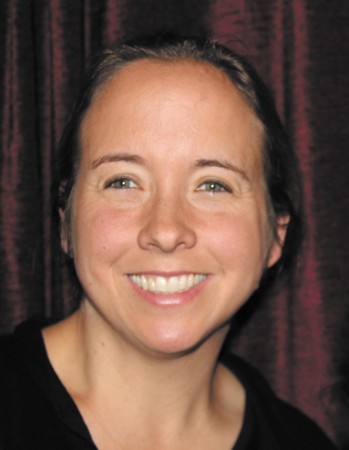Flexibility appears to be the new buzzword in education. It is possible that we have finally hit on an idea that we hope will take off like wildfire and, more importantly, be here for the long run.
There is no arguing that teachers need flexibility in a classroom, through curriculum and instructional implementation, to meet the needs of individual classes and students. Schoolhouses benefit from flexibility too, in order to build school- wide programs that match their student body’s needs.
In various ways, school districts also benefit from flexibility. Currently the state has embraced flexibility by encouraging school systems to adopt programs that allow them to waive certain requirements in order to build programs that will support their district’s needs and goals.
Flexibility not only exists within program development, but is also an important tool in system organization and structure.
The Georgia Constitution provides one-sided system flexibility through allowing for school system consolidation. In certain cases, very small school districts may see an opportunity to improve upon academic and extracurricular programs, and strengthen financial management through consolidating with another school district.
However, on the other end of the spectrum, when school systems are too large, there is no flexibility to deconsolidate.
This moves school-system flexibility into uncharted territory, as deconsolidation has never been broached. That is because only now, nearly 69 years after the Georgia Constitution capped the number of school systems in Georgia, are we realizing that just as there are school systems that can be too small to succeed, there are also school systems that are too large to succeed.
With the average school system nationwide being 3,500 students, it isn’t shocking that this conversation is not being heard more often. Super-sized systems are truly in the minority. However, when you consider that in a school system the size of DeKalb County you could fit 28 average-sized school systems, it seems deserved that this conversation be moved to the forefront.
To determine when a school system has grown too large to successfully offer an education that maximizes each student’s potential, you would look to the following: When a school system loses the ability to find the pulse of the individual student or accurately determine a schoolhouse’s needs (and more importantly meet those needs); when financial management becomes mismanagement because of an inability to effectively and efficiently match those dollars in a way that will result in successful outcomes; when the administration flow chart looks more like a fifth-generation family tree; or when media coverage seems lost in a labyrinth of continual hope for improvement with results that show a downward trend, the need for the flexibility of deconsolidation becomes critical.
There have been many studies pointing out the benefits of systems of manageable sizes. Among the measurable and observable positive outcomes are: higher graduation rates, maximizing of financial resources, increases in teacher satisfaction, increases in parental engagement, increased cross-level communication, and an increased sense of community.
Providing for the deconsolidation of super-sized systems can allow more students, parents, teachers and districts to realize these benefits.
House Resolution 486, put forth by Rep. Tom Taylor (R-Dunwoody), is the constitutional amendment that seeks to reintroduce the flexibility of school system deconsolidation into the constitution. It provides the opportunity for cities formed after 2005, and any other cities that share a contiguous border, to form municipal school systems.
By allowing for the opportunity to create municipal school systems of a manageable size, these new school districts can capitalize on the full benefits of flexibility on all levels in education: instructional differentiation in the classroom, program innovation in the schoolhouse and district structural flexibility. That provides a winning combination for everyone.
Erika Harris, a Dunwoody resident, is co-chair of Georgians for Local Area School Systems, or GLASS, a group organized by parents to lobby for passage of House Resolution 486.

